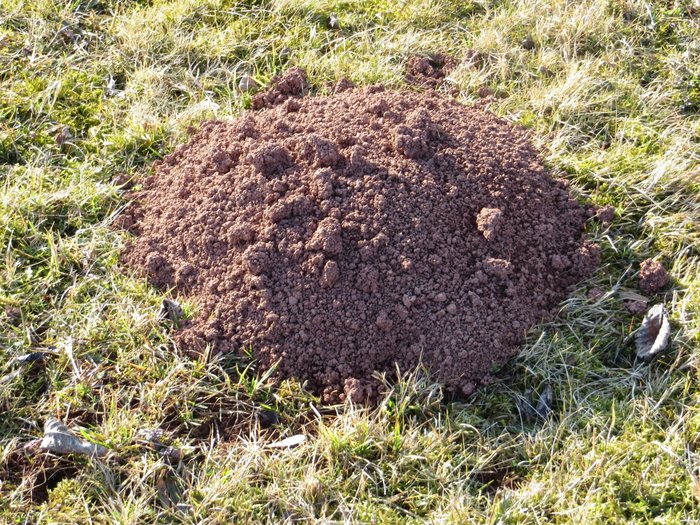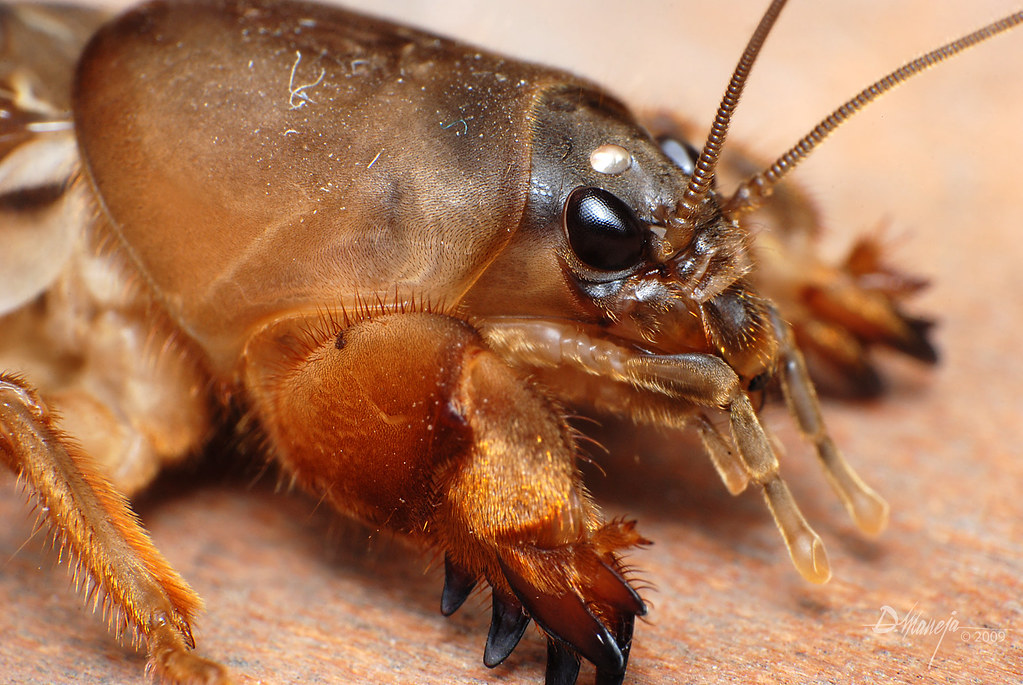

Rabbits: Habits, Diet & Other Facts Facts about Rats Classification and taxonomyĬontrary to popular belief, moles are not rodents. Moles love earthworms so much that they eat nearly their body weight worth of earthworms per day, according to Pest Strategies (opens in new tab).įor example, a mole weighing 2.8 ounces (80 g) eats around 1.7 ounces (50 g) of earthworms per day, the Mammal Society states. They are actually after the earthworms that are found in garden soil. It is a misconception that moles burrow into gardens to eat the roots of plants. A permanent tunnel is usually about 2 inches (5 cm) in diameter and 8 to 23 inches (20 to 60 cm) below the surface, while temporary tunnels are usually right under the surface of the ground according to A V Arlton in his article " An Ecological Study of the Mole (opens in new tab)". Moles spend their time digging tunnels and hunting for food. Moles are such loners, in fact, that three to five moles per acre (7 to 12 hectares) is considered a lot, according to Internet Center for Wildlife Damage Management (opens in new tab). Moles spend most of their lives alone and underground in their tunnels. As many as 470 worms have been recorded in one chamber, according to the Mammal Society (opens in new tab). They eat mostly earthworms, and keep them alive and immobile by biting their heads, and then store them in the chamber. Some species, such as the northern mole cricket, can be found commonly distributed as far north as New York and Michigan.Moles also have kitchens in tunnel chambers. Most species of mole crickets are found in warmer climates, like the southeast United States. How Do I Know If My Yard Has Mole Crickets? They thrive in areas of darkness, soil and grass that serves as a food source. They are rarely found in homes because there is typically no appealing food or hiding places for them. Mole crickets are harmless to humans directly, but do pose a threat to your lawn. Raccoons and armadillos are typical wildlife that may attempt to snag the bugs as a tasty treat, causing greater harm to your grass in the process. Some tunnels made by mole crickets have penetrated up to 30 inches below soil.Īside from just mole crickets inflicting damage to your yard, other critters may further the problem by attempting to dig up mole crickets from their existing tunnels. Adult and nymphal stages of mole cricket also feed on the root system of grasses however, their feeding is not considered as damaging to turf grass as compared to their extensive tunneling. Patches of dying grass are also an indicator of mole cricket damage. These pests can damage turf grass by leaving scarred, elevated burrows on the topsoil. Instead, you may notice the incriminating evidence this pesky bug leaves behind.


Because these pests are nocturnal, they will rarely be seen destroying your yard. Peak season for mole crickets varies depending on your location, as well as the species of mole cricket in that area. There is only one generation of mole crickets per year, with adults causing the most damage between August and October. What Times are Mole Crickets Most Active? With very few natural predators, they breed and feed freely with their populations growing unrestricted unless there’s outside interference. Mole crickets are an invasive species that were accidentally brought to the United States from South America by cargo ships. These nocturnal creatures commonly damage turf grass on lawns and golf courses and are considered a huge pest in many regions of the United States. As the name might suggest, mole crickets slightly resemble and behave like moles, digging complex underground tunnels. Known as fossorial (digging) legs, their front legs are armored with claw-like protrusions called dactyls that can easily bore into soil. The seven species of mole crickets found in the United States are usually brown or tan in color, and they are characterized by their unusual front legs. Mole crickets belong to the family Gryllotalpidae and can grow up to one and a half inches long. Controlling these pests starts with knowing their identity and behavior. Tanner Felbinger, Entomology & Nematology major, University of FloridaĬrickets can be a nuisance to people’s yards, causing hassle and damage.

Mole crickets can be a nuisance to people’s yards, causing hassle and damage.


 0 kommentar(er)
0 kommentar(er)
